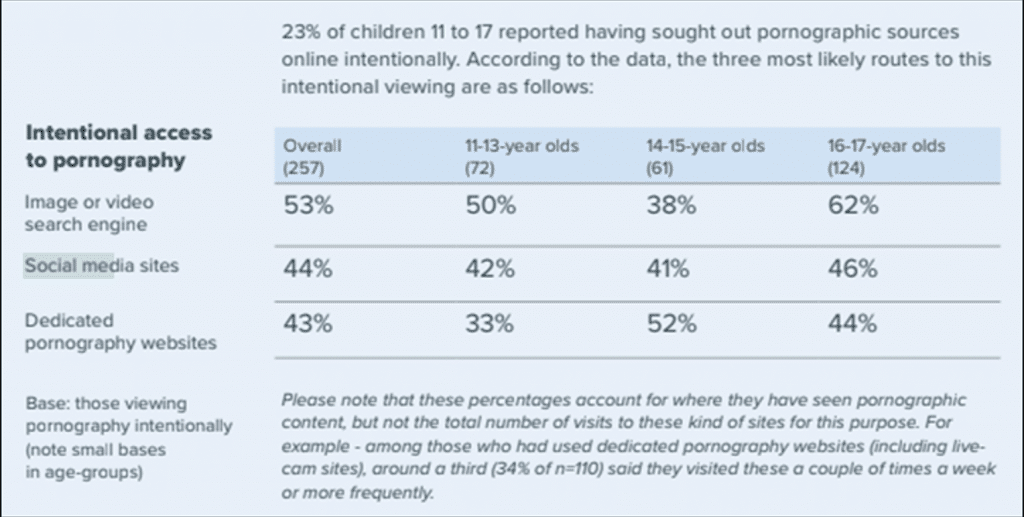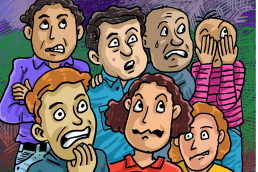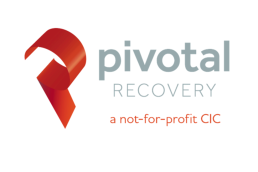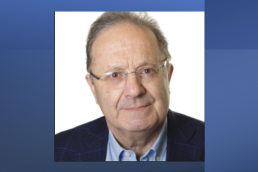In the run up to the general election in 2019, the UK government shelved Part 3 of the Digital Economy Act 2017 a week before its due implementation date. This was the long-awaited age verification legislation.This meant that the promised safeguards to protect children from easy access to hardcore internet pornography did not materialize. The reason given at the time was that they wanted to include social media sites as well as commercial pornography sites as many children and young people were finding pornography there. The new Online Safety Bill is what they are offering to this end.
The following guest blog is by a world expert on childrens’ online safety, John Carr OBE. In it he analyses just what the government is proposing in this new Online Safety Bill announced in the Queen’s Speech for 2021. You’ll be surprised if not, disappointed.
The Queen’s Speech
On the morning of 11th May the Queen’s Speech was delivered and published. In the afternoon, Caroline Dinenage MP appeared before the Communications and Digital Committee of the House of Lords. Ms Dinenage is the Minister of State responsible for what has now been renamed the “Online Safety Bill”. In response to a question from Lord Lipsey, she said the following (scroll to 15.26.50)
“(the Bill) will protect children by not only capturing the most visited pornography sites but also pornography on social media sites”.
That is simply not true.
As currently drafted the Online Safety Bill applies only to sites or services which allow user interactivity, that is to say sites or services allowing interactions between users or allowing users to upload content. These are what are commonly understood to be social media sites or services. However, some of the “most visited pornography sites” either already do not allow user interactivity or they could easily escape the clutches of legislation written that way simply by disallowing it in the future. That would not affect their core business model in any significant way, if at all.
You could almost hear the champagne corks popping in Pornhub’s offices in Canada.
Now scroll forward to around 12.29.40 where the Minister also says
“(according to research published by the BBFC in 2020) only 7% of children who accessed pornography did so through dedicated porn sites….even children intentionally seeking out pornography did so predominantly through social media “
This too is simply untrue as this table shows

The above is taken from research conducted for the BBFC by Revealing Reality (and note what it says in the body of the report about children seeing porn online before they had reached the age of 11). Bear in mind the table shows the three key routes to children’s pornography access. They are not exhaustive or exclusive one of another. A child could have seen porn on or via a search engine, social media site and a dedicated porn site. Or they may have seen porn on social media once, but be visiting Pornhub every day.
WIll Commercial Pornography Sites Escape Inclusion?
Other research published the week before the Queen’s Speech looked at the position of 16 and 17 year olds. It found that while 63% said they came across porn on social media, 43% said they had also visited porn web sites.
Part 3 of the Digital Economy Act 2017 principally addressed the “most visited pornography sites.” These are the commercial ones, the likes of Pornhub. In explaining why the Government did not implement Part 3 and now intended to repeal it, I was astonished to hear the Minister say it was down to Part 3 falling victim to the “speed of technological change” as it had not included social media sites.
Does the Minister truly believe the issue of porn on social media sites has only cropped up as a serious matter in the past four years or so? I’m almost tempted to say “if so I give up” .
When the Digital Economy Bill was going through Parliament the children’s groups and others lobbied for social media sites to be included but the Government flatly refused to countenance it. I will not mention at the time Part 3 received Royal Assent, Boris Johnson was a Cabinet Minister in the Conservative Government of the day. Nor will I allude to what I believe are the real reasons why the Tories did not want to proceed with any form of restriction to online porn before the Brexit General Election was out of the way.
Secretary of State and Julie Elliott to the rescue
Two days after the Minister of State appeared in the Lords, the DCMS Select Committee of the House of Commons met with Secretary of State Oliver Dowden MP. In her contribution (scroll forward to 15:14.10) Julie Elliott MP got straight to the point and asked Mr Dowden to explain why the Government had chosen to exclude commercial pornography sites from the scope of the Bill.
The Secretary of State said he believed the biggest risk of children “stumbling” over pornography was via social media sites (see above) but whether or not that is true “stumbling” is not the only thing that matters here, particularly for very young children.
He also said he “believed” the “preponderance” of commercial pornography sites do have user generated content on them so therefore they would be in scope. I have never seen any evidence to support that proposition but see above. A few mouse clicks by the site’s owner could remove interactive elements. Revenues are likely to remain substantially unaffected and in one bound the porn merchants would free themselves of the cost and trouble of having to introduce age verification as the only meaningful way of restricting children’s access.
How could this happen?
Were the Minister of State and the Secretary of State poorly briefed or did they just not grasp and understand the briefs they were given? Whatever the explanation it is a remarkable state of affairs given how much attention this subject has received in the media and in Parliament over several years.
But the good news was Dowden said if a “commensurate” way could be found to include the kind of sites that were previously covered by Part 3 then he was open to accepting it. He reminded us that such might emerge from the joint-scrutiny process which will shortly begin.
I am reaching for my commensurate pencil. I keep it in a special drawer.
Bravo Julie Elliott for getting the kind of clarity we all need.




